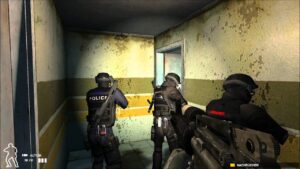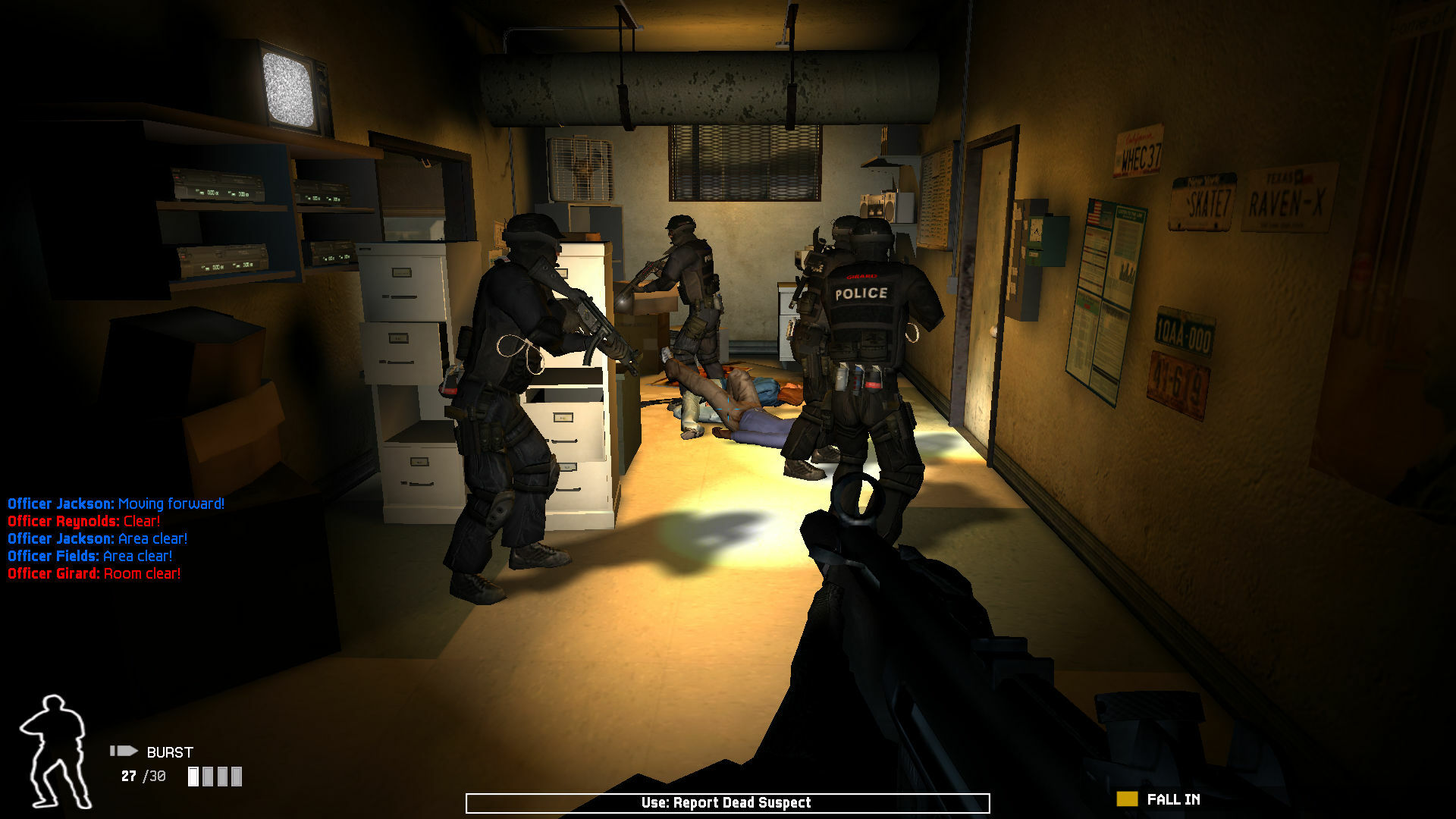

Ratcheting Medical Tourniquet -Tactical (RMT-T).Combat Application Tourniquet (C-A-T) Gen 7 and Gen 6.The CoTCCC now recommends the following TQs in the non-pneumatic limb tourniquet category: On May 6th, 2019, CoTCCC released a new Recommended Devices & Adjuncts document that substantially expands this list of tourniquets recommended for combat use. The EMT uses a pneumatic inflation system, while the C-A-T and SOFTT-W use the more popular windlass design. Until recently, the CoTCCC recommended three tourniquets for combat use: the North American Rescue C-A-T, the Tactical Medical Solutions SOFTT-W, and the Delfi Medical Innovations EMT. The CoTCCC then publishes a list of recommended products based on this selection process. The Committee on Tactical Combat Casualty Care (CoTCCC), a division of the Department of Defense's Joint Trauma System (JTS), conducts extensive research and testing on various tourniquets to determine their effectiveness for combat situations. A poorly-designed or carelessly-produced tourniquet may be difficult to apply, inconsistent in its results, or may simply break under tension - these are obviously unacceptable outcomes when seconds count and lives are at stake.

However, not all tourniquets are created equal. There is no shortage of evidence for the value of tourniquets, whether they're being used in a combat setting or a civilian pre-hospital setting. If a tourniquet fails to properly occlude blood flow, there's a high likelihood an injured individual may bleed to death before ever making it to a hospital. The subject of tourniquets is one that's frequently debated, and for good reason - a tourniquet is a critical life-saving device.


 0 kommentar(er)
0 kommentar(er)
